Germany : Strong Growth and Infrastructure Development
Germany holds a commanding 3.5% market share in the offshore wind sector, driven by robust government policies and ambitious renewable energy targets. The country has seen significant investments in infrastructure, particularly in the North Sea, where wind farms are rapidly being developed. Regulatory frameworks, such as the Renewable Energy Sources Act (EEG), incentivize growth, while increasing demand for clean energy fuels consumption patterns favoring offshore wind.
UK : Innovative Technologies and Investments
The UK boasts a 3.0% market share in offshore wind, characterized by a strong commitment to renewable energy. The government has set ambitious targets, including a goal of 40 GW of offshore wind capacity by 2030. Demand is driven by increasing energy needs and a shift towards sustainable sources. The competitive landscape is vibrant, with significant investments in innovative technologies and infrastructure development, particularly in regions like East Anglia and the North East.
France : Strategic Investments and Policies
France's offshore wind market holds a 1.5% share, with growth fueled by strategic government initiatives and investments. The French government aims to install 5.2 GW of offshore wind capacity by 2028, supported by the Energy Transition Law. Demand is rising as the country seeks to diversify its energy mix. Key regions include Brittany and Normandy, where several projects are underway, enhancing local industrial capabilities and job creation.
Russia : Geographical Advantages and Challenges
Russia's offshore wind market is currently at 0.8%, with significant potential due to its vast coastline. However, regulatory challenges and limited infrastructure hinder growth. The government is beginning to recognize the importance of renewable energy, with initiatives aimed at increasing investments in offshore wind. Key areas for development include the Baltic Sea and the Arctic region, where conditions are favorable for wind energy generation.
Italy : Regulatory Support and Market Dynamics
Italy's offshore wind market stands at 0.7%, with increasing interest driven by government support and EU directives. The Italian government has set a target of 8 GW of offshore wind capacity by 2030, promoting investments in coastal regions like Apulia and Sicily. Demand is growing as Italy seeks to meet its renewable energy goals, with local players like Enel Green Power leading the charge in project development.
Spain : Investment and Regulatory Frameworks
Spain's offshore wind market is at 0.6%, with a focus on strategic growth through regulatory frameworks and investments. The government aims to install 3 GW of offshore wind capacity by 2030, particularly in regions like Galicia and Andalusia. Demand is driven by the need for sustainable energy solutions, with major players like Iberdrola and EDP Renewables actively participating in the market, enhancing local industrial capabilities.
Rest of Europe : Regional Variations and Growth Potential
The Rest of Europe accounts for a 0.5% market share in offshore wind, showcasing diverse opportunities across various countries. Regulatory environments vary, with some nations actively promoting offshore wind through incentives and subsidies. Key markets include Denmark and the Netherlands, where established players like Vestas and Siemens Gamesa are prominent. The competitive landscape is evolving, with increasing interest from new entrants and local developers.


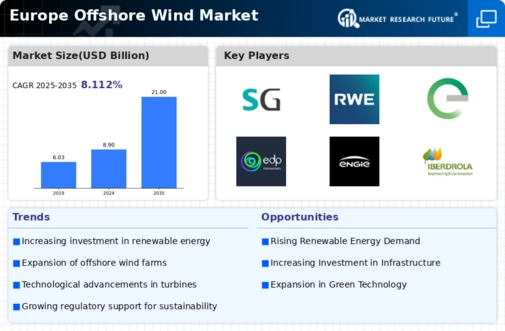
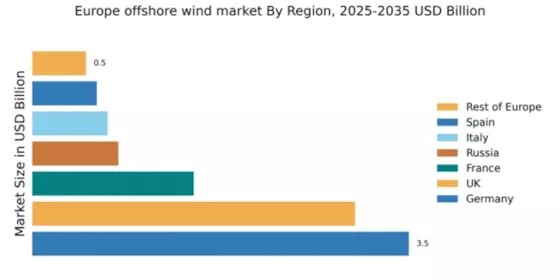

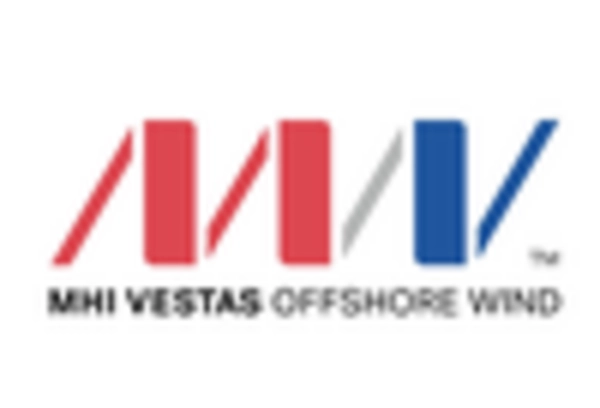
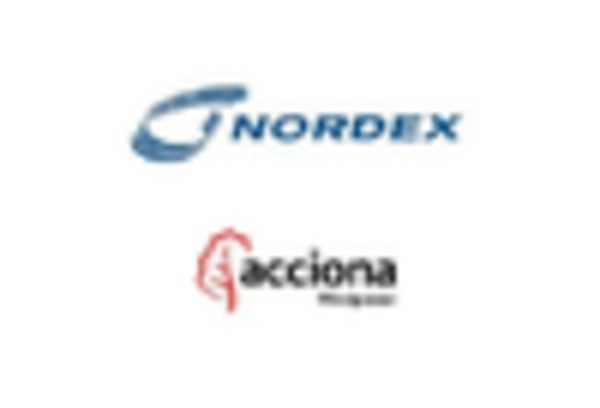
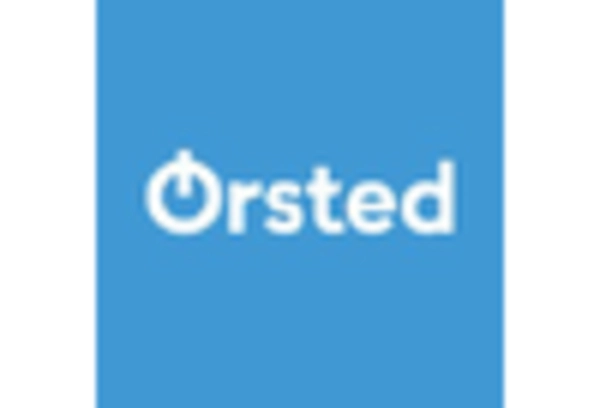
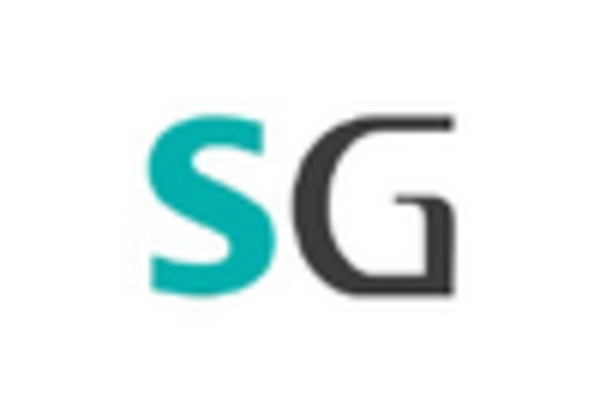









Leave a Comment